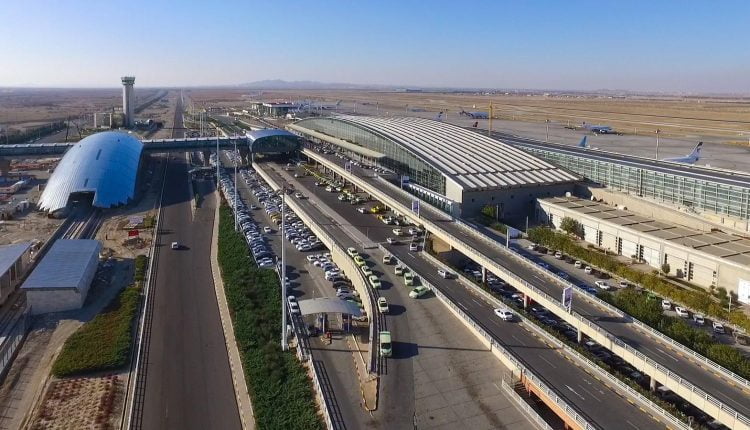Covid19 Travel Guideline in Iran
For foreign residents living in Tehran, the current coronavirus situation continues to be a worrying time for many. Living in Tehran has consulted with experts and authorities to give the most up-to-date advice for those remaining in the country.
This guideline has been developed to streamline the flow of travellers at the port of entry from Iran.
Official information is:
For this purpose, any traveller for entrance and exit from the country must go through an initial examination, including measuring temperature and assessment of clinical symptoms. Also, a set of questions, in terms of nationality (Iranian, non-Iranian), entering or leaving the country, transit or purpose of travel, and travel history to or from the epicentre region should be asked. Based on the results of the examination and assessment, the following actions will be taken accordingly:
Please note that this guideline will be shared with consular and health authorities of relevant countries.
Entry of Iranians into the country:
For each Iranian who enters the country, if the result of initial examination (temperature and general wellbeing) would be negative, they can continue their travel with no issues.
For each Iranian who enters the country, if the result of an initial examination would be suspicious, the level of oxygen should be measured by pulse oximeter. If the health worker at the border health post realized that oxygen saturation percentage is less than 93%, the traveller will be referred to the relevant health centre or hospital for further assessments.
Departure of Iranians from the country:
For each Iranian who departs from the state, if the result of initial examination would be negative, a health certificate should be issued in case the passenger is required to hand in to destination border authorities or the airline operator.
For each Iranian who departs from the country, if the result of the initial examination would be suspicious, the level of oxygen should be measured by the pulse oximeter. If Oxygen saturation percentage is less than 93%, traveller’s departure will be prevented and the patient will be referred to the designated health centre.
Entry of non-Iranians into the country:
For each non-Iranian who enters the country, if the result of initial examination (temperature and general wellbeing, and history of travel to/from one of the epicentre regions) would be negative, they can continue their travel without any issues.
For each non-Iranian who enters the country, if the result of initial examination (temperature and general wellbeing, and travel history to one of the epicentre regions) would be suspicious, the level of oxygen should be measured by pulse oximeter. If the Oxygen saturation percentage is less than 93%, the traveller will be returned to the country of origin from the zero point border.
Departure of non-Iranians from the country:
For each non-Iranian who departs from the country, if the result of initial examination [temperature and general wellbeing] would be negative, a health certificate should be issued and will be given to the traveller.
For each non-Iranian who departs from the country, if the result of initial examination is suspicious, the level of oxygen should be measured by pulse oximeter. If Oxygen saturation percentage is less than 93%, the traveller will be referred to the designated health or quarantine centre across the border.
If the patient would not like to be referred to the health or quarantine centre, in case of leaving the air border, it is required to notify the airline or border authorities in order to make the decision and related measures (in case of flight, necessary isolation measures) to be taken. In addition, border or airport authorities should develop a written testimony signed by the suspected traveller and his/her accompanies, as well as the head of the health post and the airline operator.


